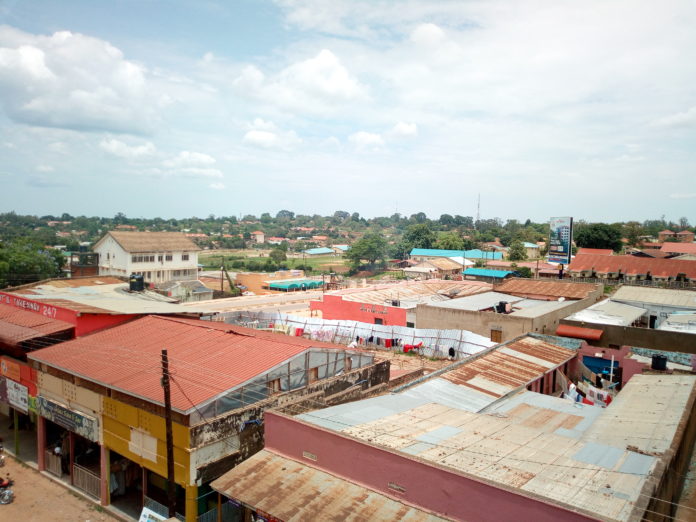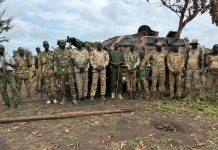Author: Odama Joseph
During the violent conflict, millions of South Sudanese were forced out of their homes. Some fled into neighboring countries – with most of them fleeing into Uganda seeking refuge. UNHCR together with the help from other humanitarian agencies settled majority of them into refugee camps. Most of the camps are spread along South Sudan-Uganda border area of Northern Uganda. However, some of the refugees are leaving their camps to enter towns, in search of “better living conditions”. They argue they do not want to continue living under deteriorating circumstances. Some of them compare living conditions in refugee camps near to hell. But, their influx into towns is increasingly causing mixed reactions.
The Mayor of Arua municipality, Isa Kato, is worried about the influx of mostly South Sudanese refugees into his town. He says if crowds of refugees continue to enter the town, there are undesirable consequences towards the local population.
“Presence of the refugees has created pressure on budgets of the central government and municipal local governments,” he said. Further, believes that budgets of municipal authorities like his are already overstretched – and that cannot take care of any extra population.
The authority has informed both the Office of the Prime minister (OPM) and UNHCR about the problem. But Kato is disappointed. He says there is nothing that has been done to solve the issue yet. He wishes some controls were put in place to curb the tendency.
But under the current Refugee Policy of Uganda neither OPM nor UNHCR can help.
In August 2016 The World Bank carried out an assessment on the policy. The analysis reveals that the policy, embodied in the 2006 Refugees Act and 2010 Refugees Regulations, has many impressive aspects. One of the aspects allows for granting refugees relative freedom of movement and the right to seek employment – meaning they can move wherever they want to; including urban centers.
Refugees can be found in all towns of districts, especially that host them. Even though their presence is evident, the number of refugees living in urban centers is not known.
Monica Draru, a local vegetable vender, measures the existence of refugees in Arua town by how much sells she makes, nowadays. She is extremely happy. She wishes they continued to pour in. She says she earns more money, nowadays, from selling essential commodities to customers like Flavia Kideni.
Flavia Kideni has successfully been able to settle in Arua town. She recently came from Rhino camp. She says she could not stand poor service delivery. She went on giving example.
“Women are faced with several health challenges, especially when in labor. Health facilities are long distances apart. Furthermore, some (refugee zones) do not have antenatal services,” she said.
Whilst living conditions in refuge settlements continue to decline, towns of host districts are likely to see great population increase, in the coming months.





